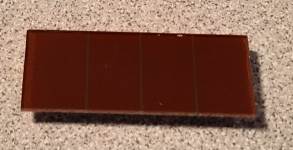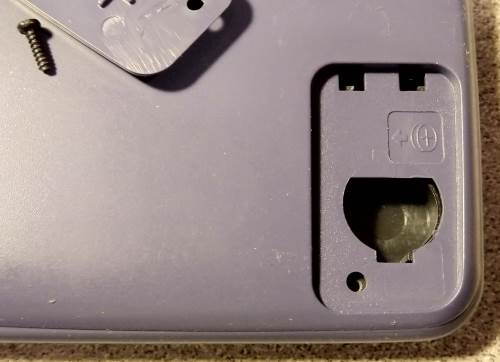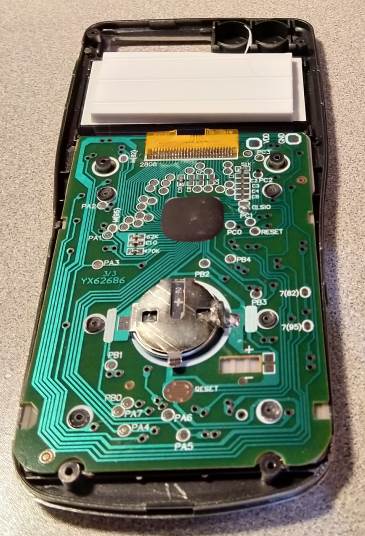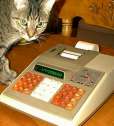CTTTZEN fx-991ES PLUS
| Datasheet legend
Ab/c:
Fractions calculation
AC: Alternating current BaseN: Number base calculations Card: Magnetic card storage Cmem: Continuous memory Cond: Conditional execution Const: Scientific constants Cplx: Complex number arithmetic DC: Direct current Eqlib: Equation library Exp: Exponential/log functions Fin: Financial functions Grph: Graphing capability Hyp: Hyperbolic functions Ind: Indirect addressing Intg: Numerical integration Jump: Unconditional jump (GOTO) Lbl: Program labels LCD: Liquid Crystal Display LED: Light-Emitting Diode Li-ion: Li-ion rechargeable battery Lreg: Linear regression (2-var. stats) mA: Milliamperes of current Mtrx: Matrix support NiCd: Nickel-Cadmium recharg. batt. NiMH: Nickel-metal-hydrite rech. batt. Prnt: Printer RTC: Real-time clock Sdev: Standard deviation (1-var. stats) Solv: Equation solver Subr: Subroutine call capability Symb: Symbolic computing Tape: Magnetic tape storage Trig: Trigonometric functions Units: Unit conversions VAC: Volts AC VDC: Volts DC |
| ||||||||||||||||||||||||||||||||||||||||||||||||||||||||
 Welcome to the dual-power CITIZEN fx-991ES PLUS dual-power scientific calculator, running off an LR-44.
Welcome to the dual-power CITIZEN fx-991ES PLUS dual-power scientific calculator, running off an LR-44.
No, wait. This is not a CITIZEN calculator. This is a CTTTZEN calculator. One with a decidedly Casio-ish model number.
Oh wait. It's not really dual power. That solar cell in the upper right? It's a fake.

Oh wait. It's not really running off an LR-44 button cell. That battery compartment? It's a fake; there are no contacts inside.

So what is it running off, then? Why, I think it's a CR-2016 lithium cell, attached directly to the calculator mainboard.

So if it has a fake name, a fake solar cell, and a fake battery compartment, surely it's a fake calculator?
Oh, wait. Its model number is really a Casio model number. And it is nearly identical in appearance to the Casio fx-991ES PLUS C.
So yes, in a sense it's definitely a fake. Yet...
It is actually a reasonably capable machine, one that I am willing to consider "almost programmable", on account of the fact that it has a simple formula replay capability. Just make sure you don't accidentally hit the AC key or power down the calculator; both actions erase its formula memory, even as its number memories remain intact.
In fact, here is a nice implementation of the logarithm of the Gamma function, using Stirling's formula, accurate for arguments greater than 5:
\[X\times \ln(X)-X+\ln(\sqrt{2\pi\div X})+((((1\div 99\div X^2-1\div 140)\div X^2+1\div 105)\div X^2-1\div 30)\div X^2+1)\div 12\div X\]
Yet another surprising feature of this machine is that it has a limited symbolic capability. For instance, its answer to $\sin(\pi\div 3)$ is $\frac{\sqrt{3}}{2}$.
As to what is behind all the fakery, I wouldn't even venture a guess. Was that fake solar cell really cheaper than a tiny, real solar cell? Was it cheaper to attach a battery to the mainboard instead of using the battery compartment? And what's with the fake model number, is it really fooling anyone? I don't get the point.
But it is certainly an interesting specimen.


